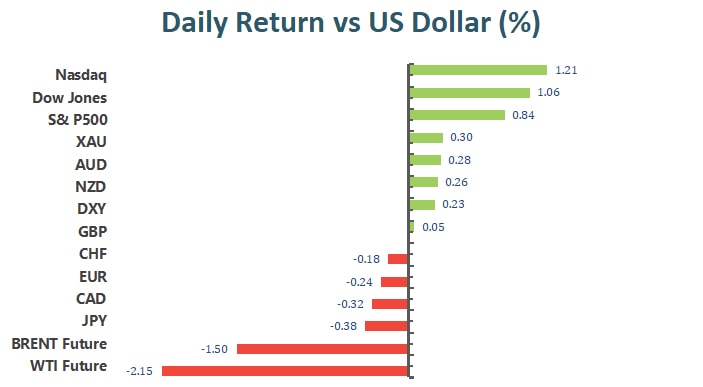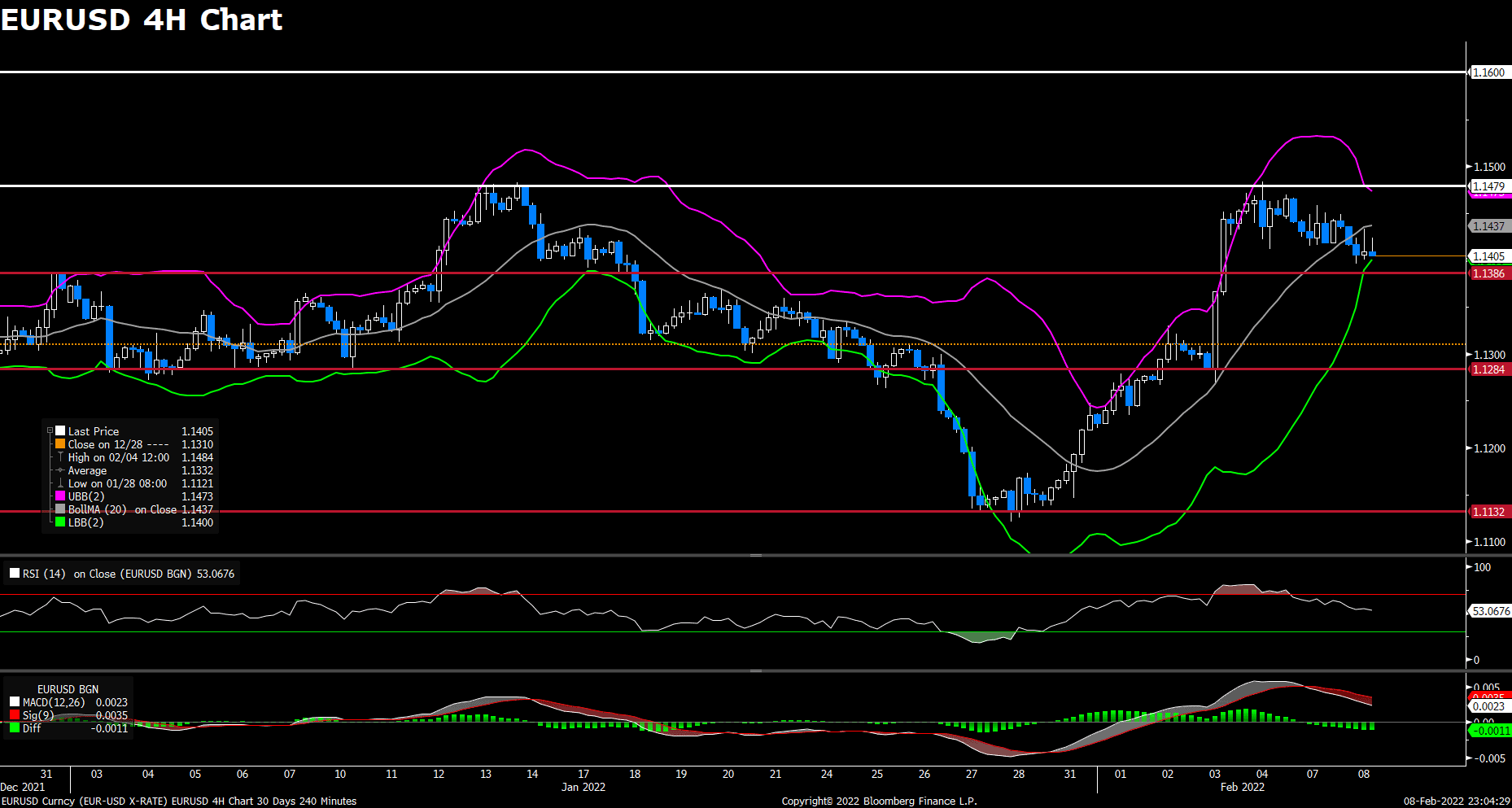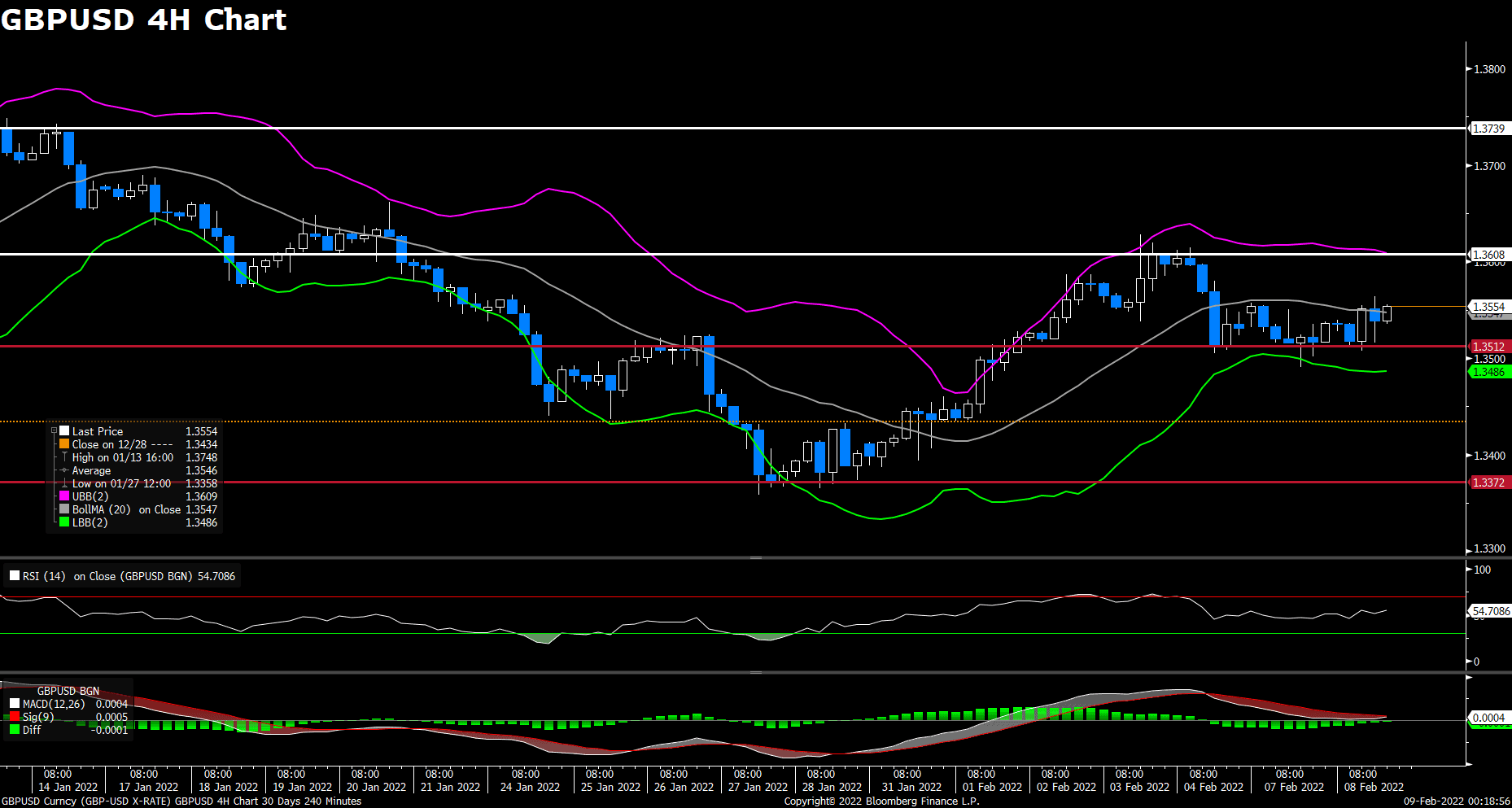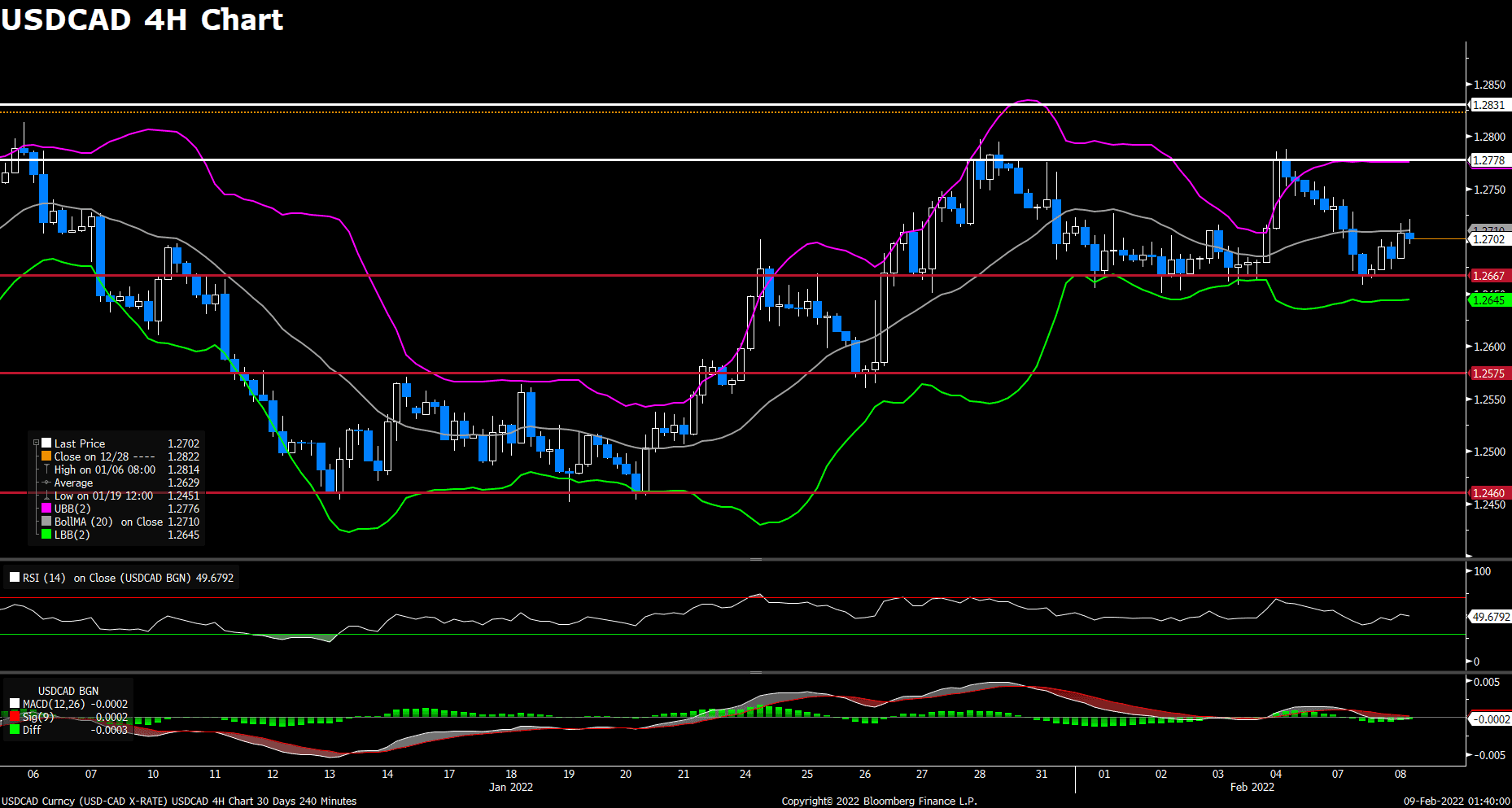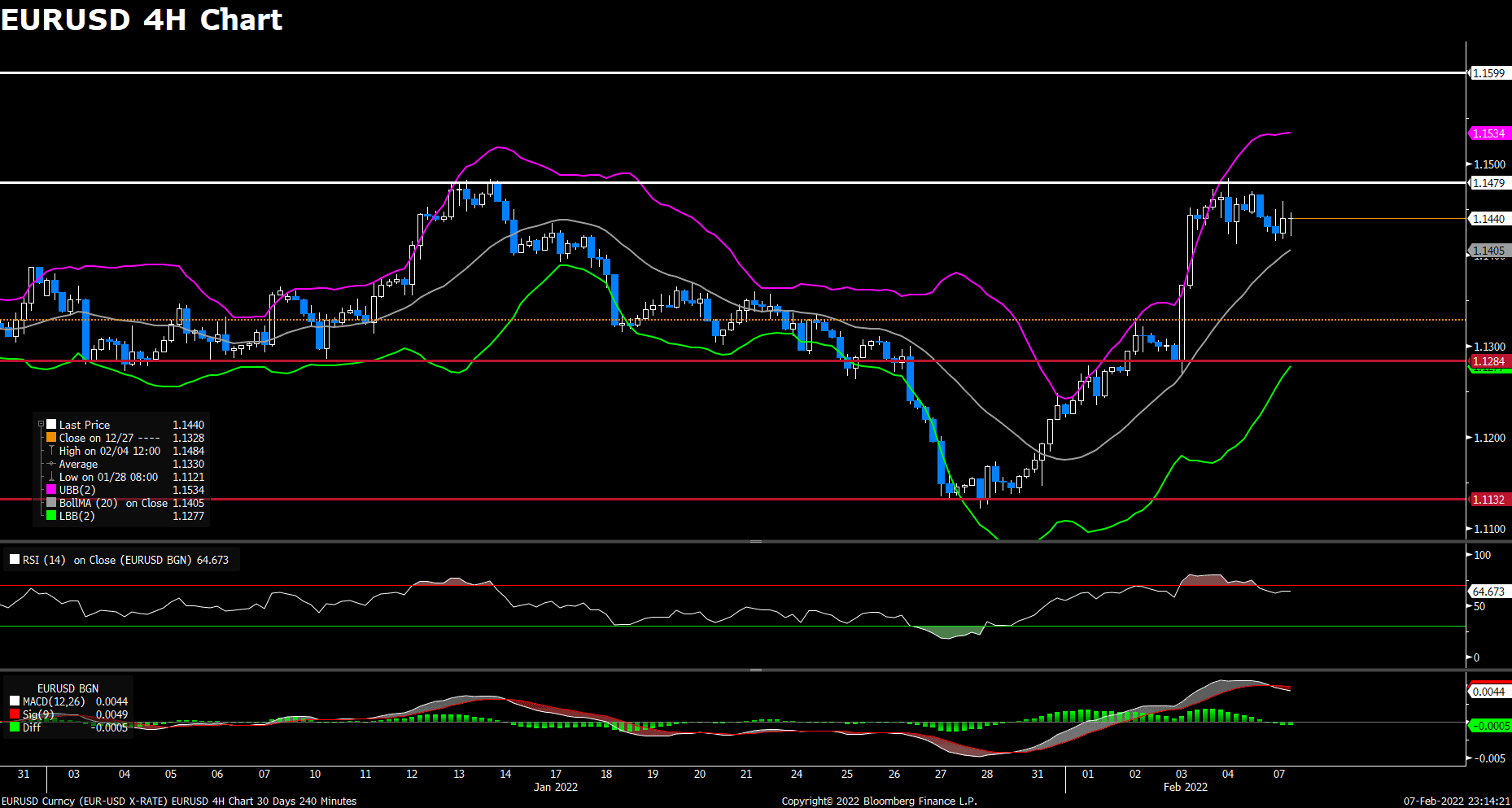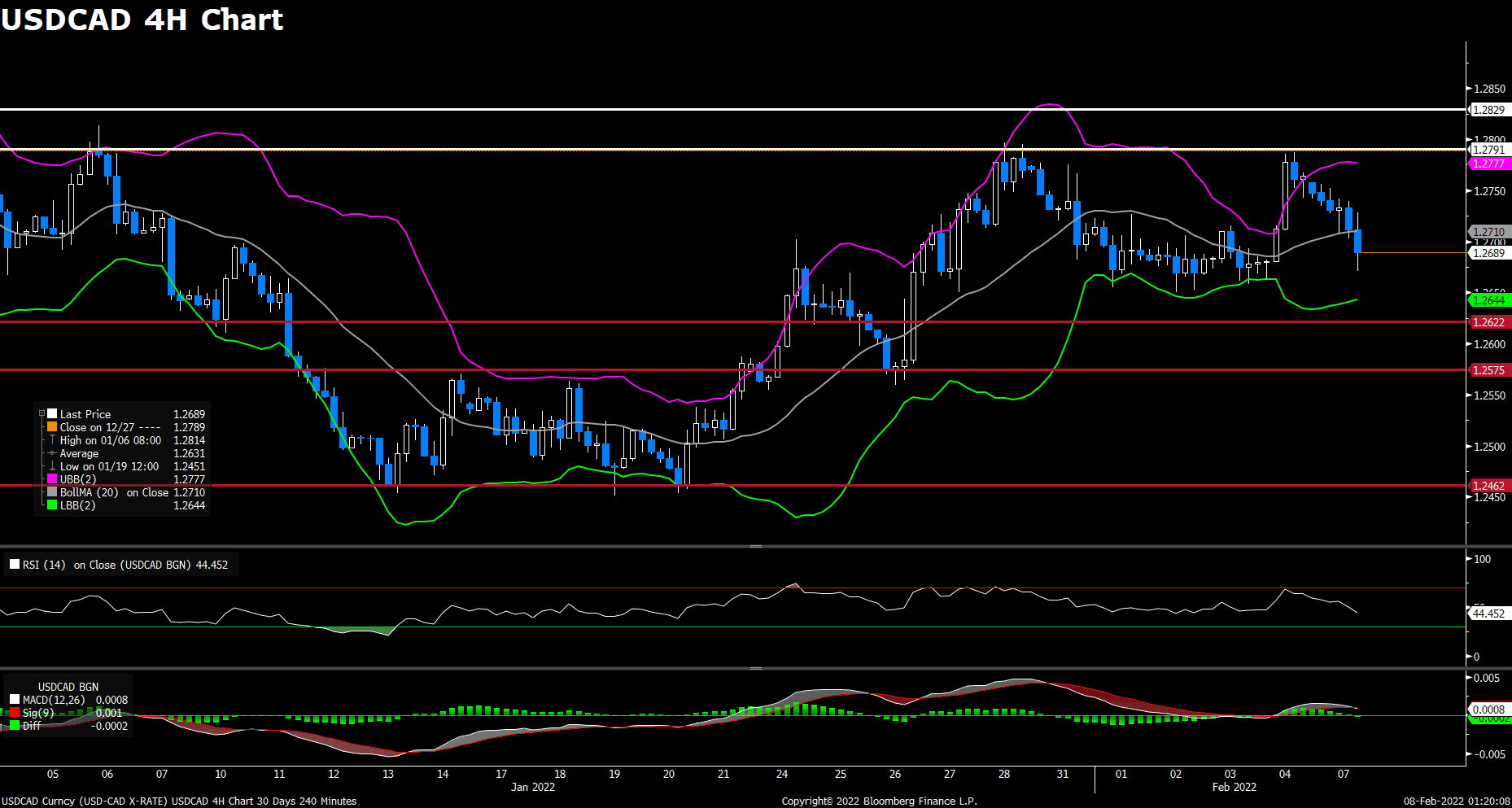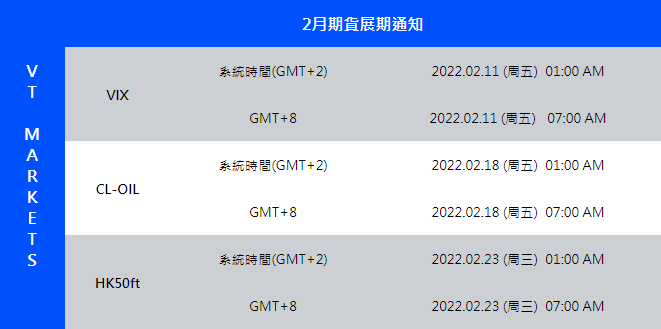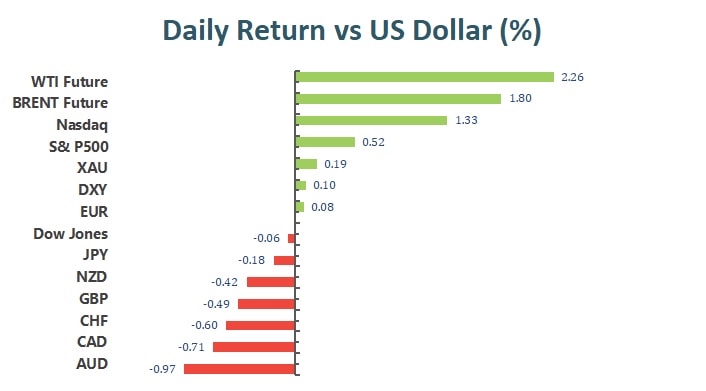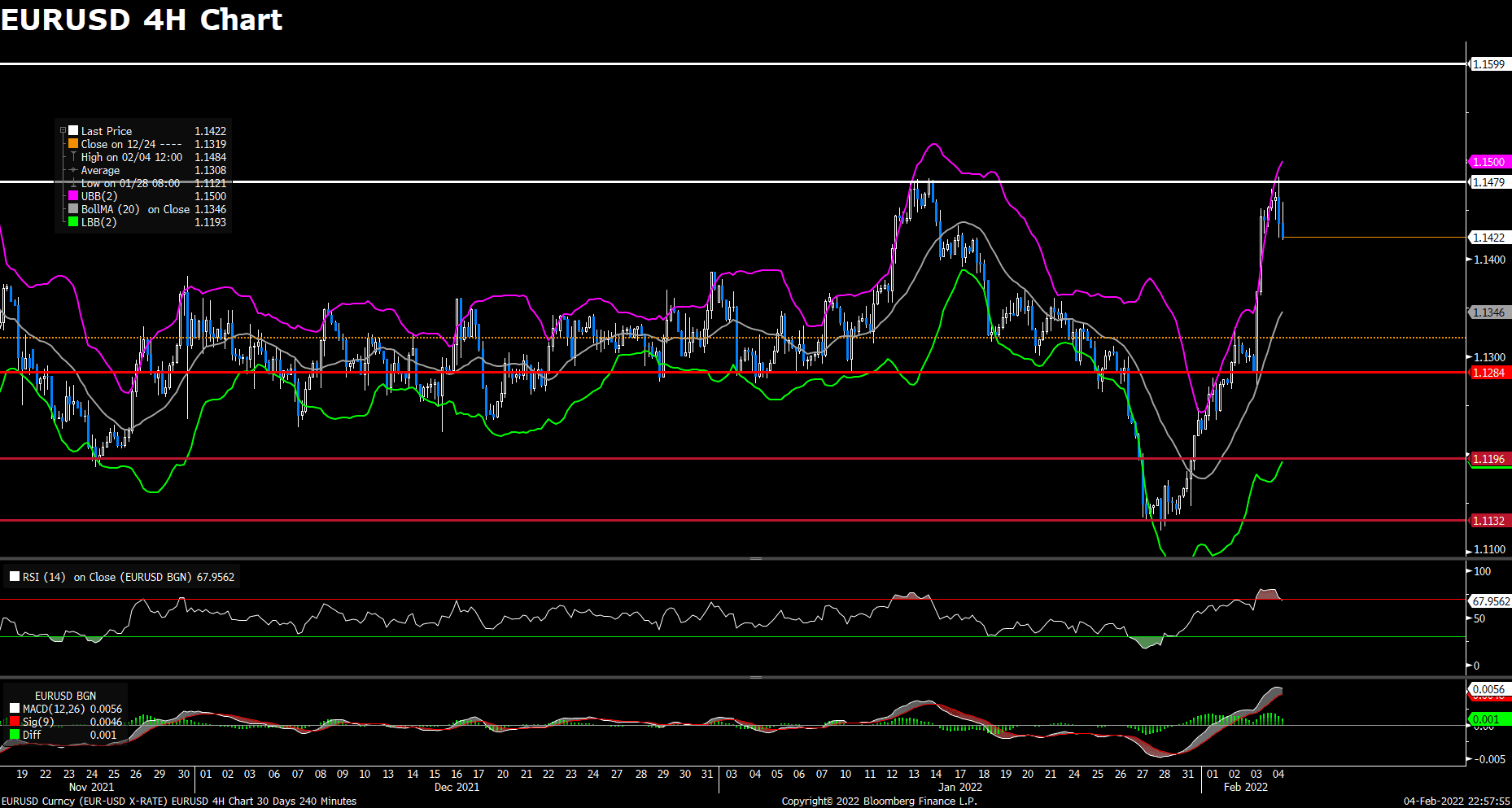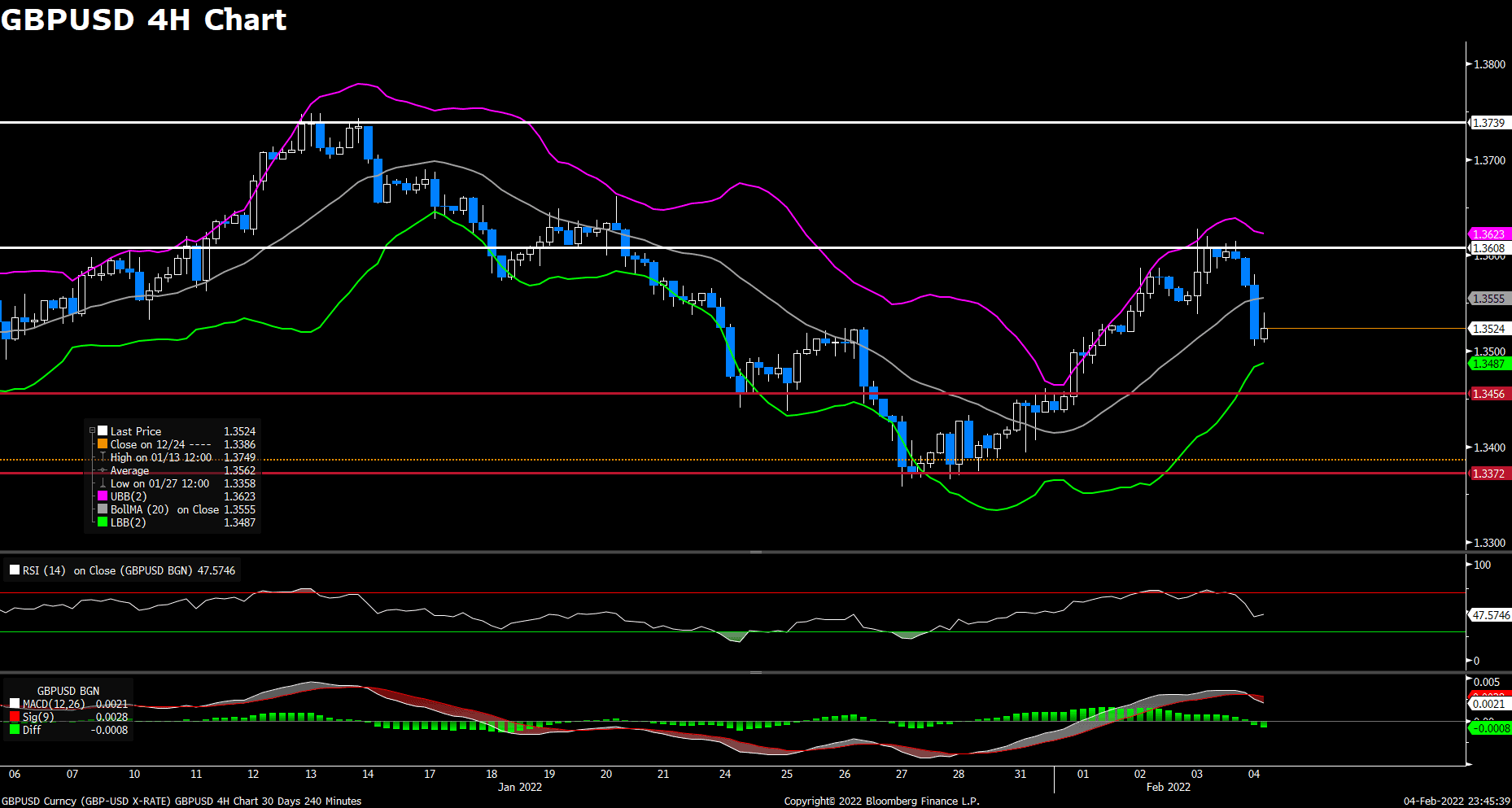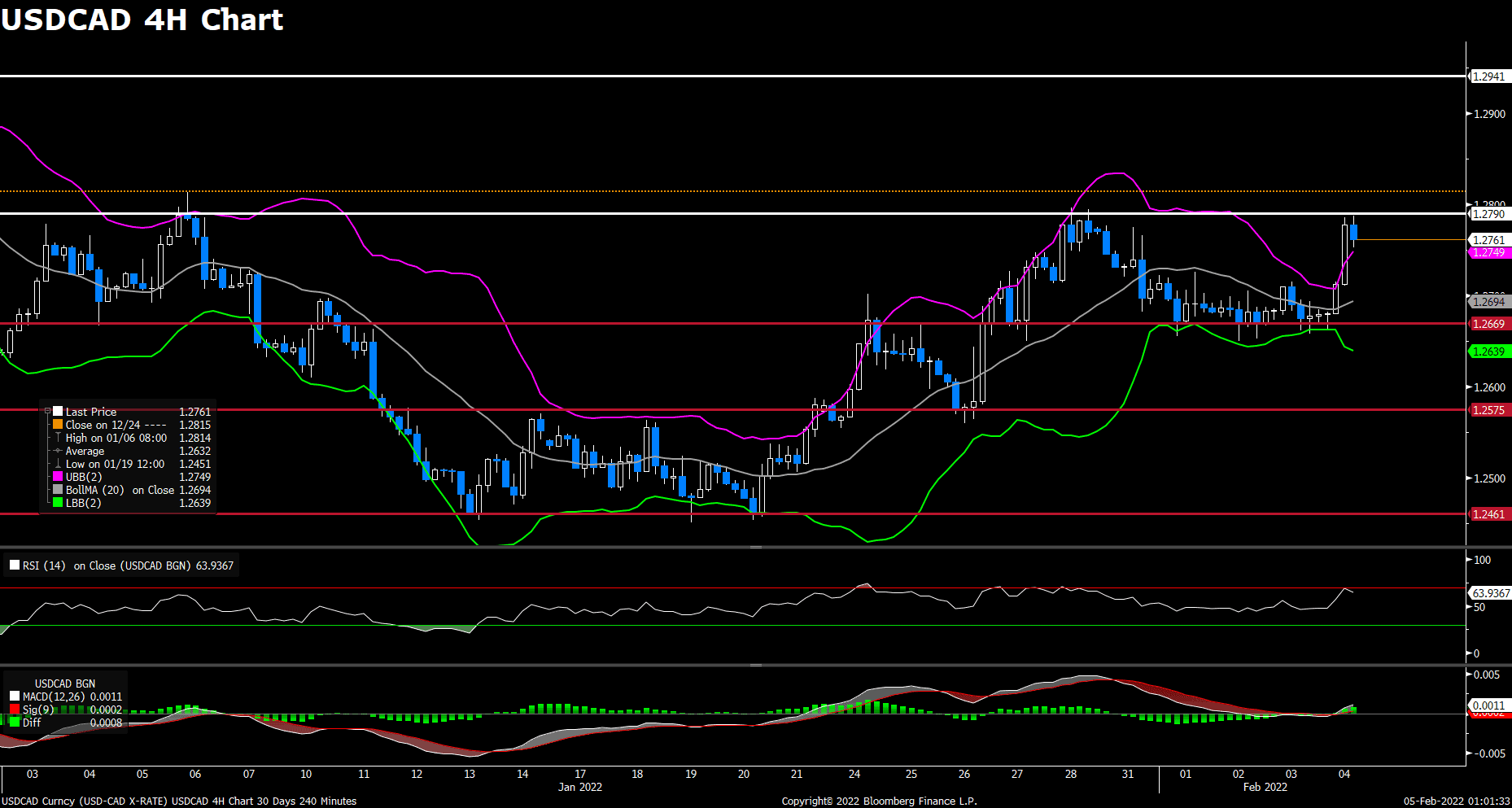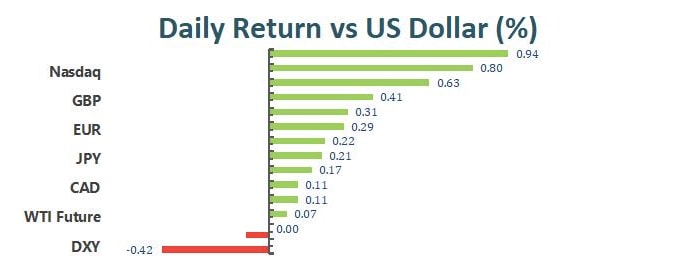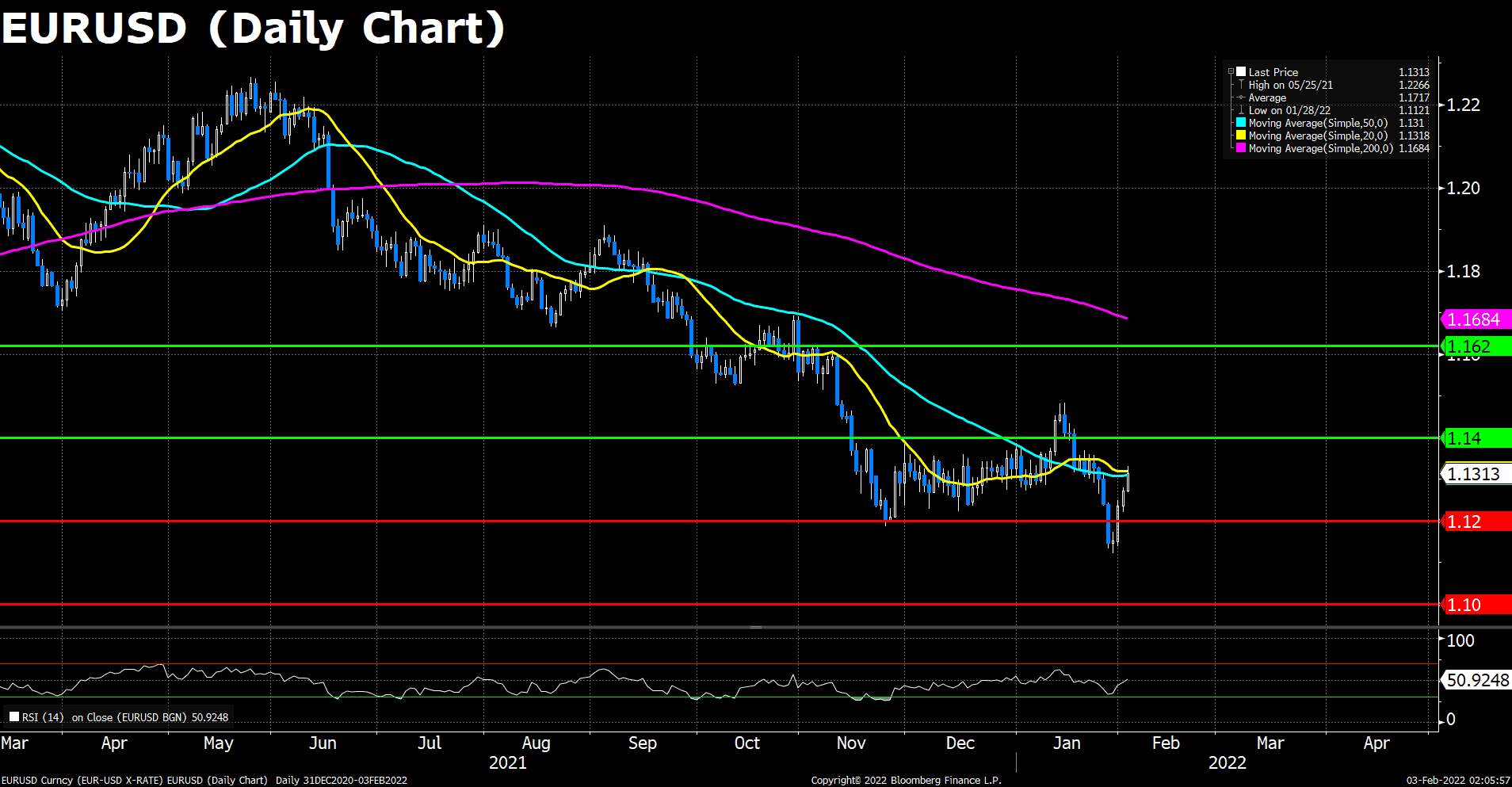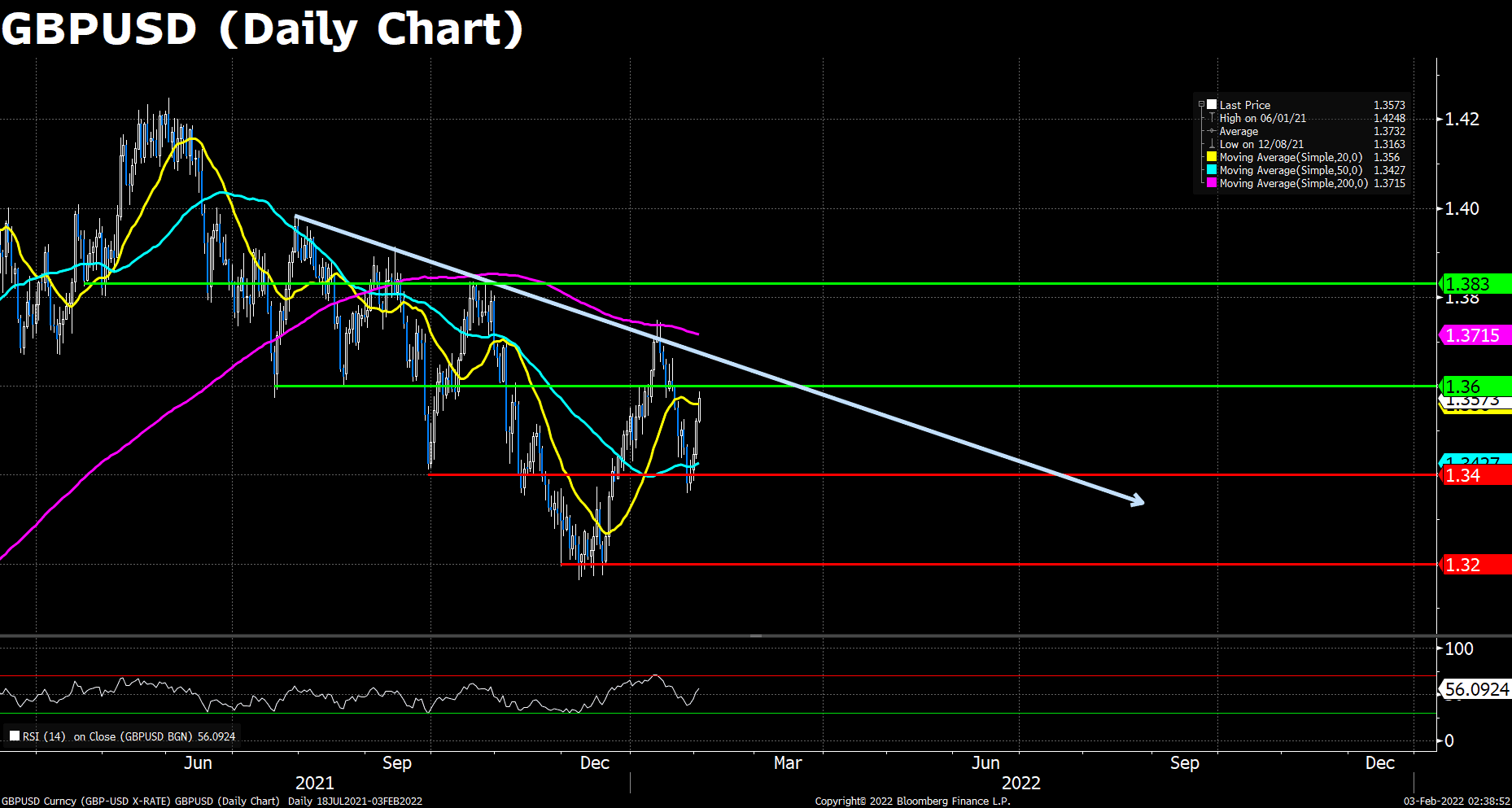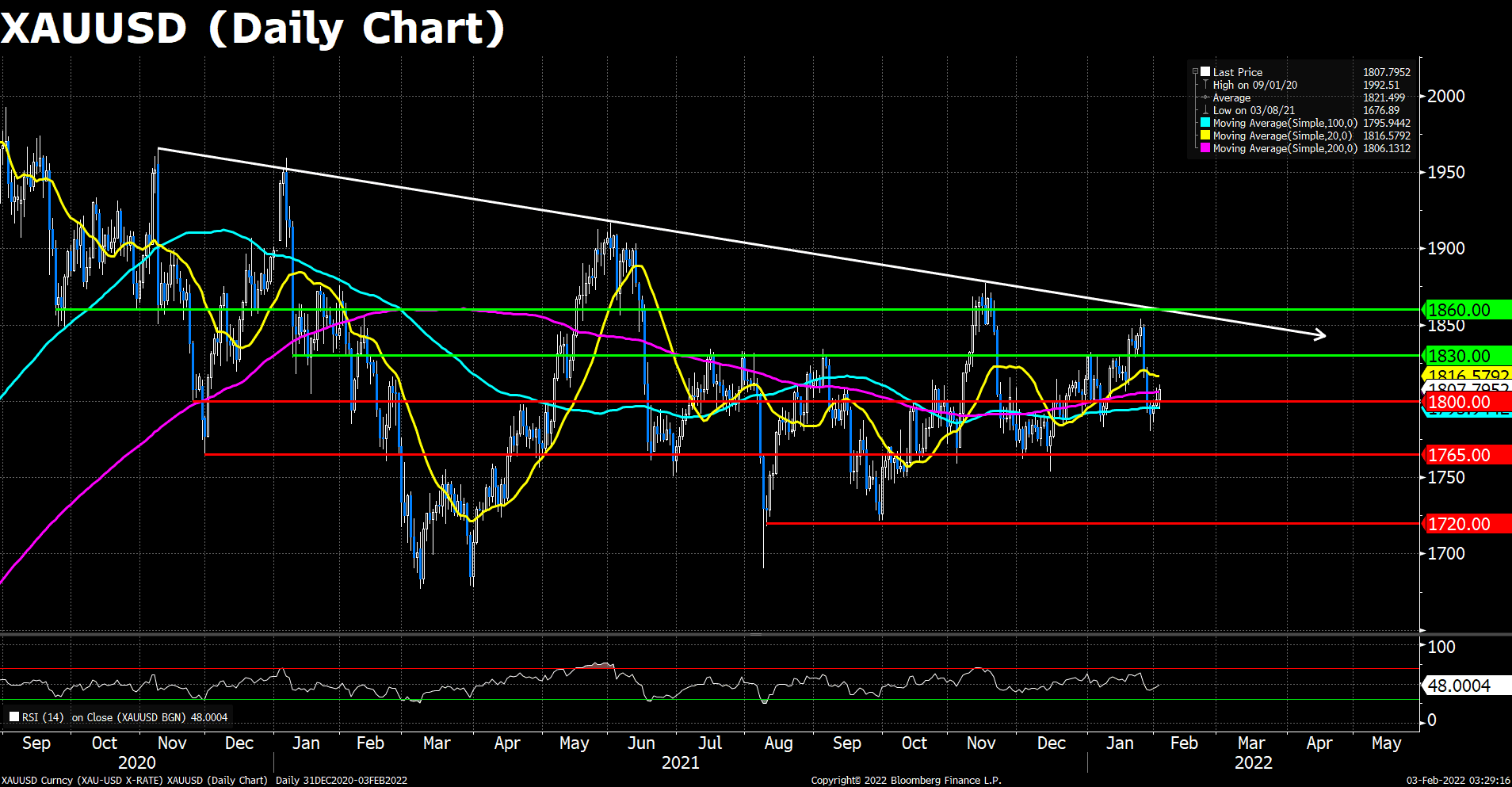As a trader, you have to know and understand the terms used in trading to achieve your trading goals and earn a profit.
Among the terms that a trader must arm himself is Forex order, which means an offer you receive using your broker’s trading platform whether to open or close a transaction—should your specific instructions are satisfied.
At VT Markets, we have common types of orders available on our platform: market orders, limit orders, and stop-loss orders.
But first, let’s talk about buying and selling.
Buy and Sell
Buying and selling revolve around the potential movement of an instrument to earn profit. You buy when we see an opportunity for an instrument to raise and sell when you see an opportunity for an instrument to fall.
In Forex Trading, you trade in pairs. When you buy, you are buying one currency and selling another, and when you sell, you are selling a currency and buying another.
Here’s an example:

The image above shows 3 forex pairs: EURUSD, AUDJPY, and EURSGD.
If you want to buy or sell, you have to choose which pair to use. This example uses EURUSD, a forex pair between EUR and USD.
If you click buy, you are buying EUR and selling USD. And if you click sell, you are selling EUR and buying USD.
As discussed earlier, there are several types of orders to trade, buy, and sell in Forex.
Market Order
A market order is a type of order to buy or sell an instrument pair immediately.
When you see a current running price then decide to buy or sell at that instance, you can select Market Order and then click buy or sell based on our analysis.
But you must understand that a Market Order means you click on the running price, which then executes the order; however, you may get a different executed price.
Generally, you will get the executed price near the current price.


If you have downloaded our VT Markets app, you can use Market Execution to trade instantly. Just select Buy by Market or Sell by Market.
Pending Orders
Sometimes, a trader has a trading plan to Buy or Sell at a specific price. However, the current price is still nowhere near the price. So, rather than waiting for the market to reach their strategy, they usually use Pending Orders and put in that specific price.
There are 2 types of Pending Orders:
Limit Orders – A limit order is an order to buy or sell an instrument/forex pair at a specific price[2] . A buy limit order can only be executed below the current running price. Meanwhile, a sell limit order can only be executed higher than the current running price.
Here’s an example:

If you want to order a buy limit in EURUSD, then from the current running buy price of 1.12318, you can only order a Buy Limit lower than 1.12318.
When you want to order a sell limit in EURUSD, then from the current running sell price of 1.12315, you can only order a Sell Limit higher than 1.12315.
Stop Orders – A limit order is an order to buy or sell an instrument/forex pair at a specific price . A buy stop order can only be executed higher than the current running price. Meanwhile, a sell stop order can only be executed lower than the current running price.
Here’s an example:

If you want to order a buy stop in EURUSD, then from the current running buy price of 1.12318, you only order a Buy Stop higher than 1.12318.
When you want to order a sell stop in EURUSD, then from the current running sell price of 1.12315, you can only order a Sell Stop lower than 1.12315.
All in all, it is vital to understand these terms for a more informed trading decision. It is equally important to choose a Forex broker that can provide a platform that makes trading much easier and more profitable, whether you are a seasoned trader or a beginner.
Get in touch with us for more details or click here to create an account with VT Markets today!



